Sit under a pine squirrel’s tree and it will likely jabber at you, chiding you for some crime you’re not sure you really committed. It may even drop a pinecone on you.
But what if these miniature mammals with outsized attitudes are capable of much more than protecting their turf? Could they be fundamentally changing the makeup of some of the world’s biggest forests?
One Wyoming researcher thinks so.
“If you have areas with or without squirrels you have big evolutionary differences,” says Craig Benkman, a zoology and physiology professor at the University of Wyoming. “This research gives us an idea of how important squirrels can be.”
The pine squirrel, also known as the American red squirrel (Tamiasciurus hudsonicus) have a tendency to collect and eat serotinous, or closed, pine cones – the ones that are covered in resin and require intense heat like fires to release the seeds. Serotinous cones remain attached to trees for years or even decades, making them always available, like a candy counter for squirrels or birds.
That means over time, trees that produce non-serotinous cones – those that release their seeds soon after they mature in late summer before squirrels have much to time feed on them – will have an advantage. But when a fire rips through, especially in summer before the seeds mature, few seeds will be spread – ultimately creating more meadows and thinner tree densities.

Depending on squirrel numbers, entire landscapes in areas like the Greater Yellowstone Ecosystem can change over generations to favor non-serotinous cones and grow back at odd rates. As tree densities change, so do types of flowers, birds, trees and other small mammals.
The theory relies on squirrels living in high densities in certain areas. Why, you may now be asking, are squirrels living in these certain areas? Fungus, of course. But we’ll get to that later.
The Crossbill Connection
Benkman isn’t necessarily a squirrel researcher. He started down the path of squirrels and pinecones because of his work with the crossbill, a type of finch that uses its sharp, strong bill to break open pinecones to reach the seeds inside – which places them in direct competition with squirrels.
More than a decade ago, he noticed in forests across the West how types of cones varied depending on the existence of squirrels. Researchers in Yellowstone National Park realized after the historic 1988 fires that variation in serotiny fundamentally changed the way forests regrew.
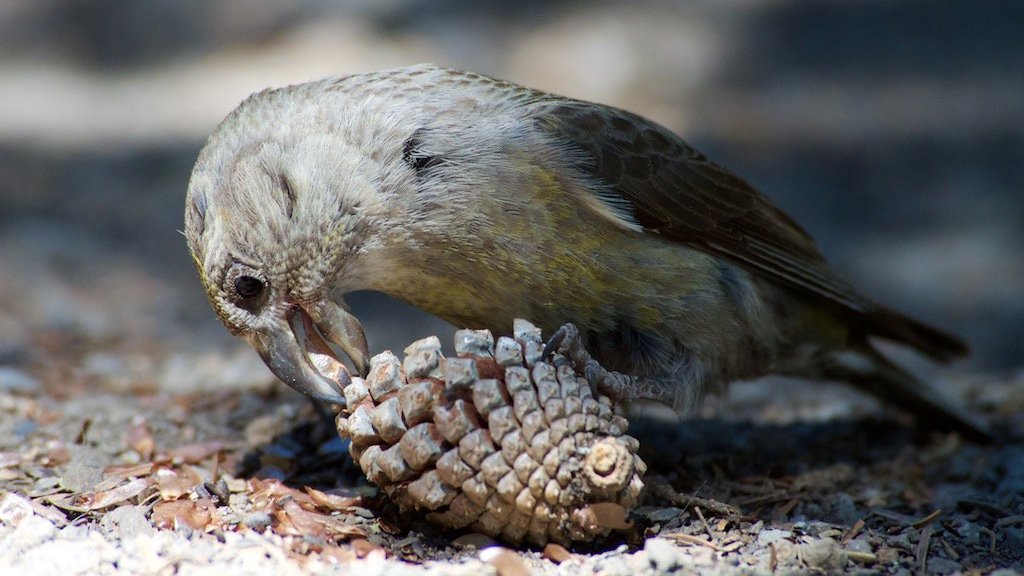
“One of the striking things they found, is in some areas you would have a couple hundred seedlings of pine per hectare, so per football field, and other areas you’d have hundreds of thousands,” Benkman says. “That meant in some areas you would have a really open meadow and other areas would be very dense thickets of pine. The question is why this was rising.”
They quickly realized the common denominator was serotiny of pine cones in the pre-fire forest.
“You had all this serotiny that would rain down after a fire, and in areas where serotiny was really low, you would have more meadows than trees because there was no seedbank up there,” he says.
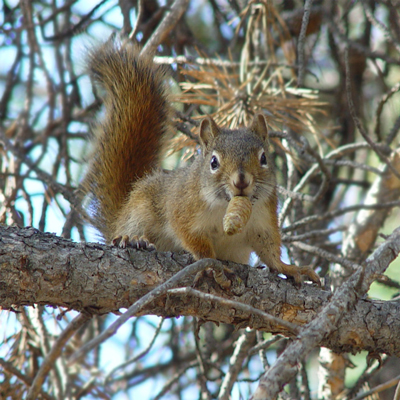
Benkman then made the connection that the levels of serotiny depended on squirrels.
He teamed up with then-University of Wyoming graduate student Matt Talluto, who spent three summers in Yellowstone examining the occurrence of closed cones and squirrel numbers.
The magnitude of the results surprised even Talluto.
It only took, on average, about one pine squirrel per football field of forest to dramatically change rates of serotiny.
“One lodge pole versus one squirrel is a couple of orders of magnitude in body size and life cycle,” he says. “It is quite interesting.”
Their work was ultimately published several years ago in the Proceedings of the National Academy of Sciences in a paper called “Conflicting selection from fire and seed predation drives fine-scaled phenotypic variation in a widespread North American conifer.”
The Outsized Impact of Pine Squirrels
Why does any of this matter? Because, Benkman argues, it’s important to recognize the impact of a species as small and often overlooked as the squirrel.
“It’s how dramatic and important natural selection is in trying to understand nature,” he says.
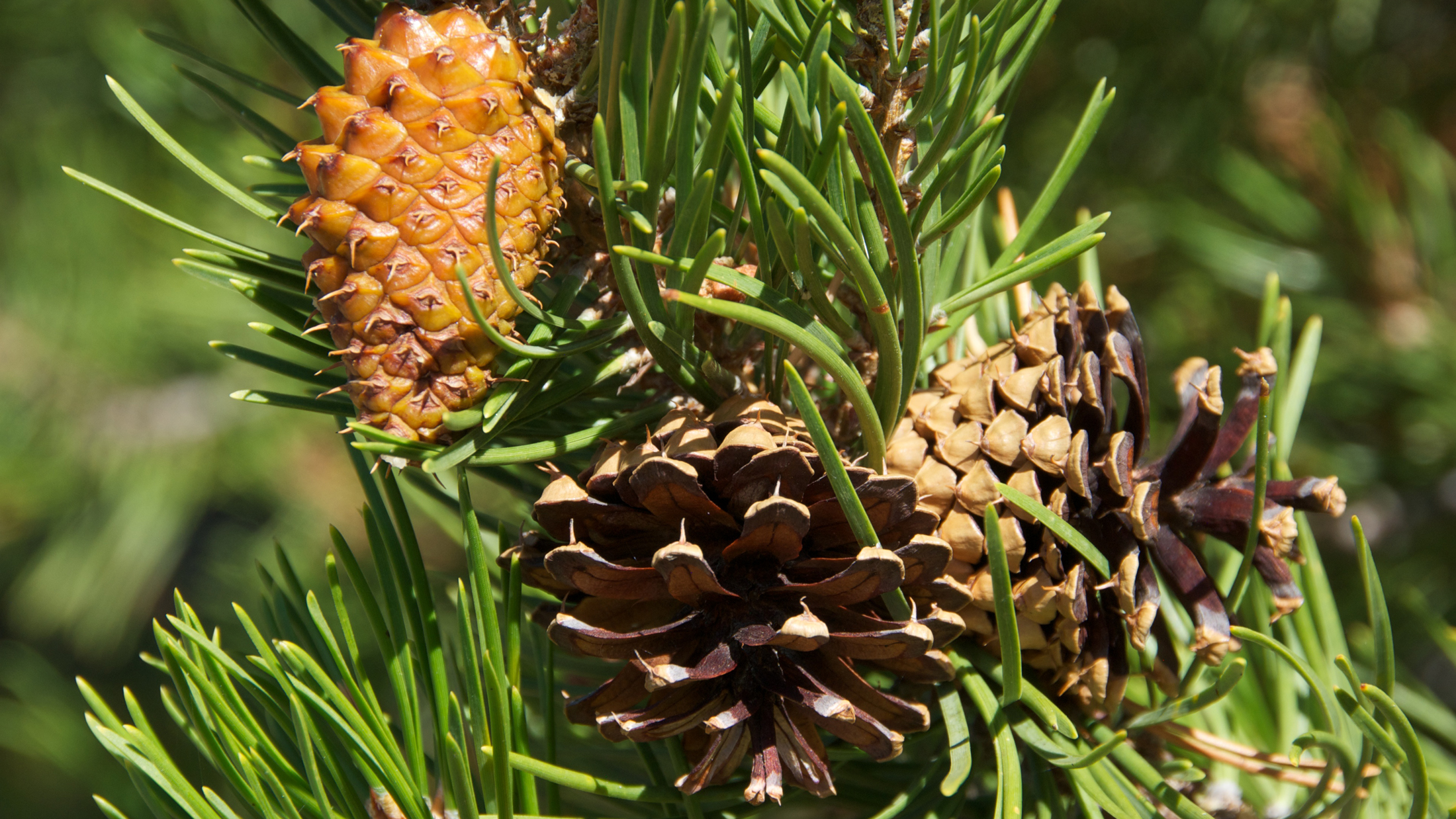
In forests like those around Yellowstone where the red squirrel is native, the knowledge can, at the very least, offer insight into why areas grow back at the rates they do and how they appear.
And in forests where squirrels are not native, the information is a cautionary tale of the results of relocating squirrels into habitats they don’t belong.
Which is how Benkman circles back to his crossbills.
In Newfoundland, wildlife biologists introduced red squirrels as food for the over-trapped pine marten. The pine martens never fully recovered, but the squirrel populations soared.
Unfortunately for the crossbill, squirrels also eat and hoard closed spruce cones.
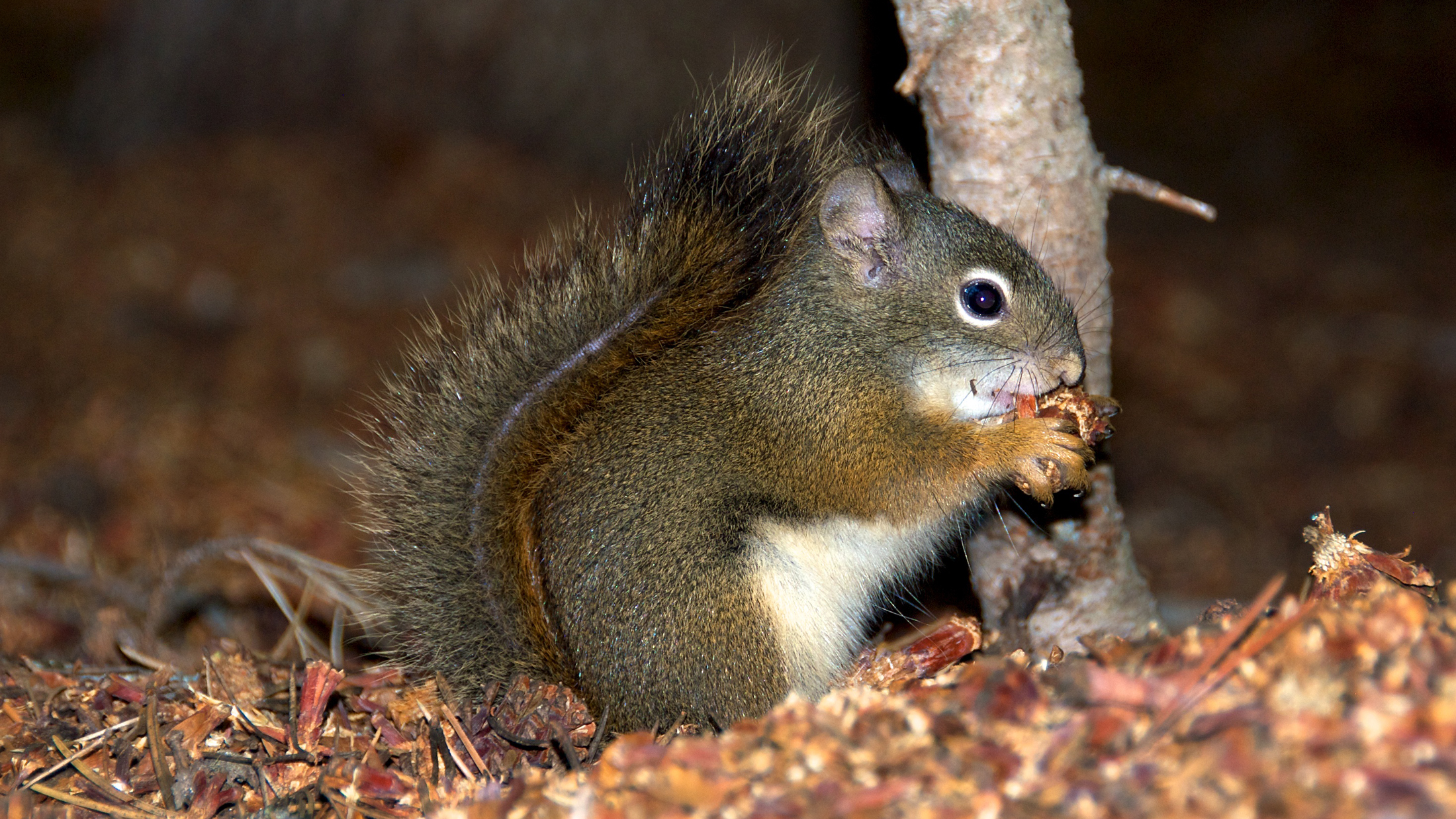
“The crossbill is still around. It used to be extremely common, but they’ve plummeted and are very scarce and not doing well,” Benkman says.
Since Benkman and Talluto’s research was published, Talluto moved onto other universities and Benkman continued his work with crossbills. But the Wyoming researcher still looks into some squirrel questions.
Like why, he wondered, do squirrels live at such high densities in certain areas?
“The squirrels eat pine, but also fungi,” Benkman says. “And they cache it.”
More clay in the soil could mean less fungi and poorer tree growth. Less fungi and fewer trees means less food for squirrels, which means lower squirrel populations, which means changes in the way forests grow.
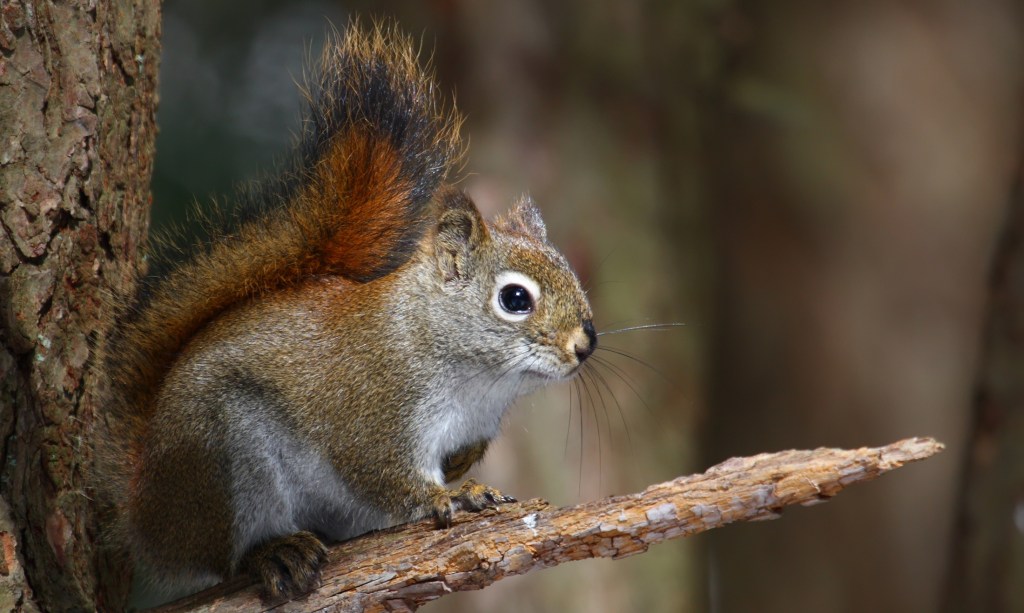



Jim , you are truly not alone with your theory !!!
I’m glad to see squirrels and crossbills finally getting more attention, but it’s way more complex than either of these two obvious players. Chris Maser’s and Cristine Eisenberg’s books hint at the extensive interwoven “trophic cascades” involving the whole forest from soil bacteria and marine plankton, to salmon, wolves and eagles. Old school retired rangers like me, confirm this complexity.
Very interesting, educative. Thank you very much for sharing all this information. Behind my house, near Gatineau, Quebec, there are trees (maples). The grey and black squirrels seem to enjoy their environment.
Which are the most common serotinous and non-serotinous trees? You mention lodge pole pines but it is not clear to me which that is. Are there Ponderosa Pines in that area?
I am a camp host in an area where there are tons of ground squirrels. Lots of oak,some pine,and lichen. Trees are not real healthy, but because of winter rain lots of acorns this year. Im afraid beetles are attacking. Lots of dead leaves. Do squirrels have any affect on beetles?